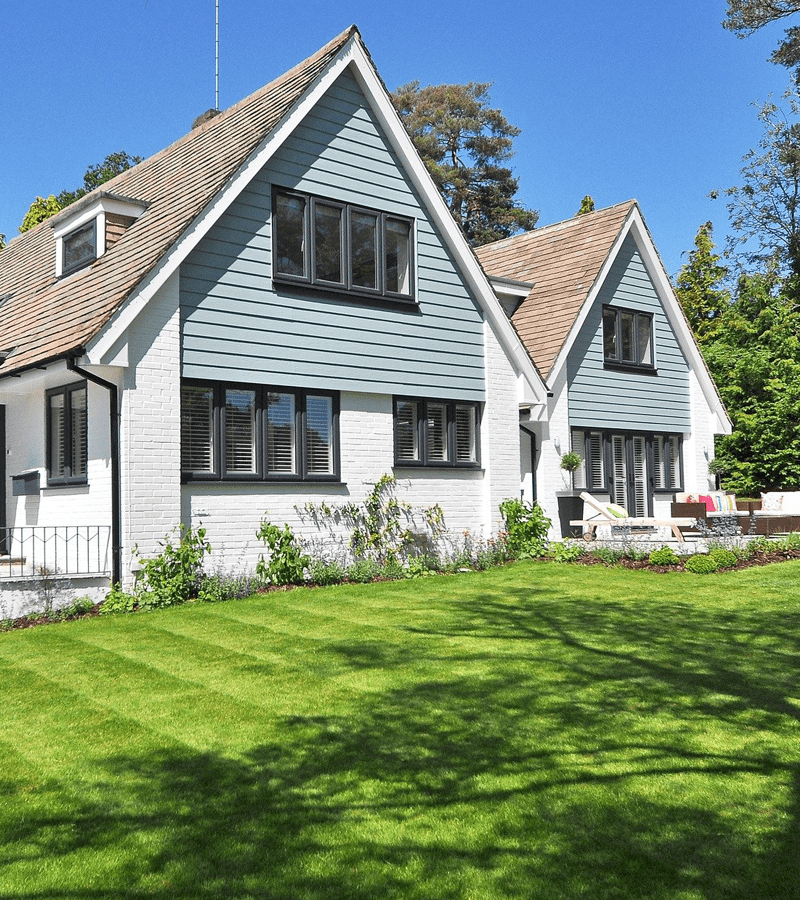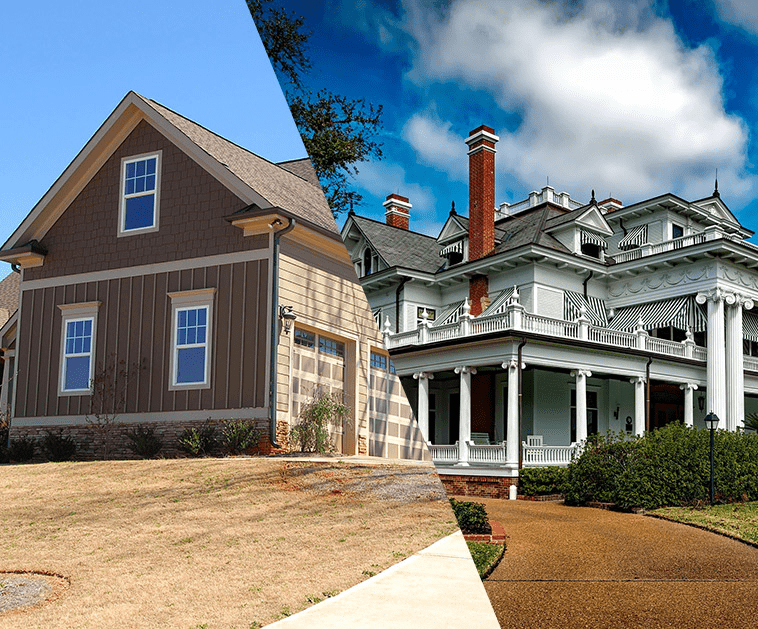
Why do you need
Home Insurance (HO3)?
Home Insurance, also known as Homeowners Insurance (HO3), is a type of property insurance. This type of insurance is designed to cover private residential properties against specific types of losses. This policy consists of multiple protection lines, including protection to the dwelling, to its contents, and the homeowners' additional living expenses. It could also protect the insured homeowners' liability to others if an accident happens within the policyholders' territory.
Homeowners Insurance policy is a package protection strategy, implying that it incorporates Property and Casualty Insurance. And this is an inseparable premium, which implies that all-risk is covered in one payment unless it is a general exclusion to the policy. Generally, this could cover the legal obligation of the insured for any property damage and physical harm to others brought about by the members of the insured household.
What does Homeowners Insurance Policy Cover?
Homeowners Insurance covers the structure of the insured home against covered losses. This coverage could help pay for repairing and rebuilding your home if it’s damaged by fire, windstorm, smoke, and vandalism. Also, other perils are covered except for damages due to water damage, earthquakes, and floods. Therefore, if your home is located at a fault line or is near the flood zone, you should purchase a separate policy for those perils. Get a free Earthquake Insurance and Flood Insurance Quote online to protect your home better. Generally, the insurance rates for these policies vary by state, but it will not cost you more than you need. Also, this coverage could protect the other structure of your home and any built-in appliances inside it. These additional structures include but are not limited to the gazebo, tool shed, and detached garages.
Usually, Homeowners Insurance companies use the replacement cost coverage to indemnify the losses that may occur on your property. This coverage is a valuation method that identifies the full value of your home. And this is for the insurer to know how much it would cost them to repair and replace your dwelling in the event of a loss. Usually, it is defined as the cost to replace the damaged property with material like and quality, without depreciation and any deduction.
Lastly, your Homeowners' Insurance has limited business equipment coverage for your home offices, which is $2,500. However, with regards to the loss of income and data losses, if your house incurs damages, Homeowners insurance wouldn't be a help. Therefore for better protection of your home offices, you must get the right business insurance for that. Get a free Business Insurance Quote online and protect your home offices from incurring massive losses.
Personal Property Coverage could protect the personal belongings of the insured. Usually, the reimbursement for coverage is by replacement cost value basis. Meaning, if your furniture procures damages due to fire, the insurance company could only pay you its worth according to its current state before the loss occurs. Usually, the limits for this coverage are 50% up to 70% of the limits of your home structure.
Moreover, personal property coverage could also give protection to your belongings that are stored off-the-premises of your home. However, like any other coverage, there are certain limits to this protection. Therefore better give us a call if you want to increase your limits.
Most importantly, standard Homeowners Insurance does not provide coverage for expensive items. However, some Home Insurance companies do, but with a dollar limit only. These expensive items include jewelry, furs, watches, paintings, coins, and bullions. So if you own this type of property, you must purchase a floater policy to ensure your expensive belongings to its full value in any event of loss and theft.
This type of coverage is designed to cover the insured's daily living expenses whenever a loss occurs. Generally, this coverage is limited to the insured’s accommodation, toiletries, foods, and clothes. And one thing to consider is that this coverage has a daily limit. Meaning, you cannot overspend unless you have your own money to pay for the excess bills. Usually, the limit for this protection is about 20% of the insured's dwelling coverage. And take note that this coverage will only take effect until the insured’s house can become livable again. Any excess living cost while your home is already repaired — will not be applicable for coverage under any circumstances.
This coverage protects the casualty of the insured to a third party person. Liability Coverage would cover the necessary payments if someone got injured on your property until the policy's territory. Moreover, it could also provide payments to rebuild or replace others' property if the insured is legally responsible for it.
Remarkably, this is designed to cover the cost of litigation if the aggravated person files a legal claim against the insured. Also, it could provide payments for the medical expenses and any emergency care associated with the injury.
Lastly, like personal property protection, this coverage is applicable to cover any property damage while not on the insured's premises. For example, a member of the insured household broke a glass in a supermarket. As per the supermarket's policy, the individual responsible for the damages should pay a necessary amount to repair the broken glasses. With this type of claim, Liability Coverage could take place and would cover the necessary repairs. However, a monetary limit would apply.
This coverage could pay for the medical expenses of the injured guest inside the insured premises. What's more remarkable with this coverage is that this could pay the medical expenses regardless of who's at fault for the accident. Usually, the limit for this coverage is from $1,000 up to $10,000.


HO3 vs. HO5 Homeowners Insurance
Many homeowners assume that all types of Homeowners' Insurance are created equal. While the reality is No, even though these two types of homeowners seem to be identical in terms of their coverage, its coverage for perils says otherwise.
The dwelling coverage limit for both the HO3 and HO5 is similar, based on the terms of the "open perils" basis. However, its personal property coverage works the other way around. The personal property coverage of HO3 is on the form of "named perils" only, while the HO5 could cover the losses in the form of an "open perils" basis.
Every year, innumerable counts of unexpected losses arrive in every homeowner. And the only way to cover your home from these damages is by getting proper home insurance. With InsureHopper, our affiliated agents could help you find a Homeowners Insurance Quote online with different coverage options. Get a Free Quote now and compare which insurance premium could benefit you the most.
